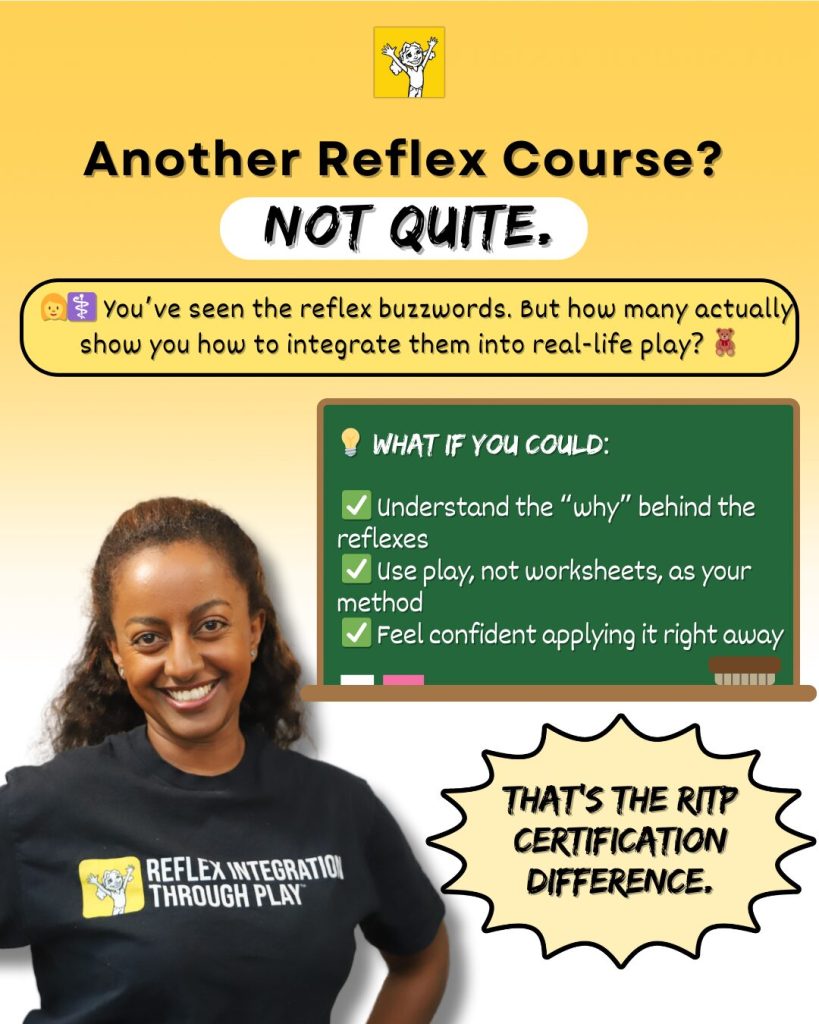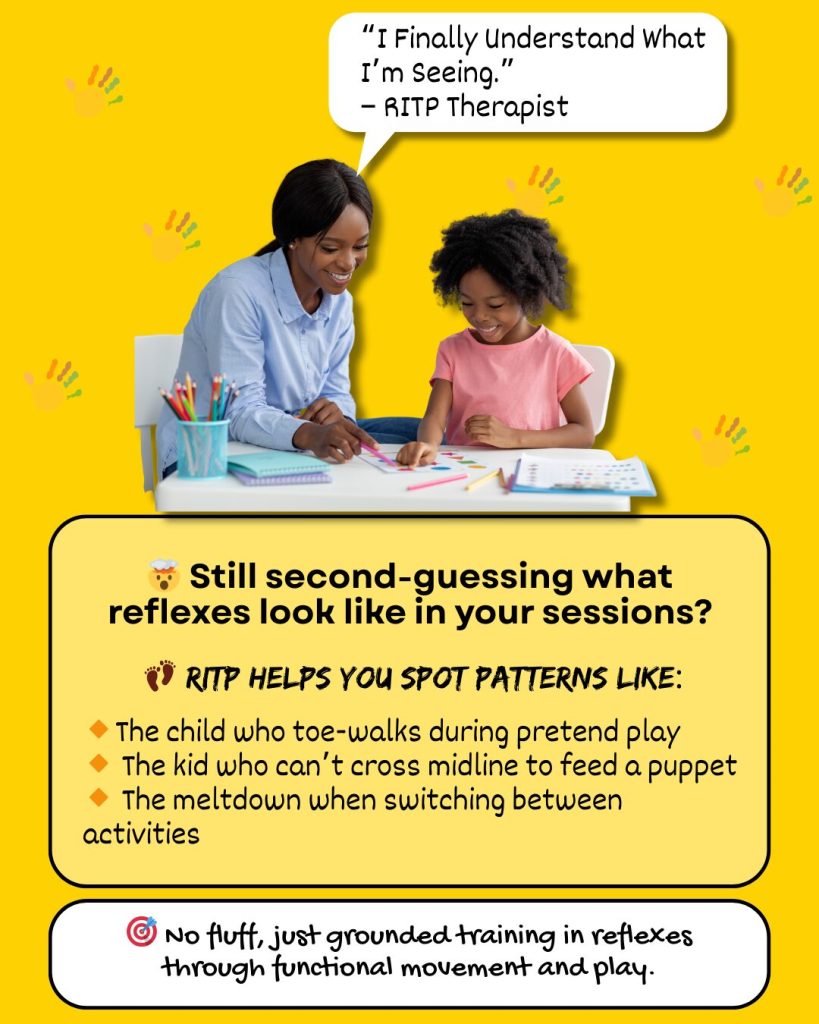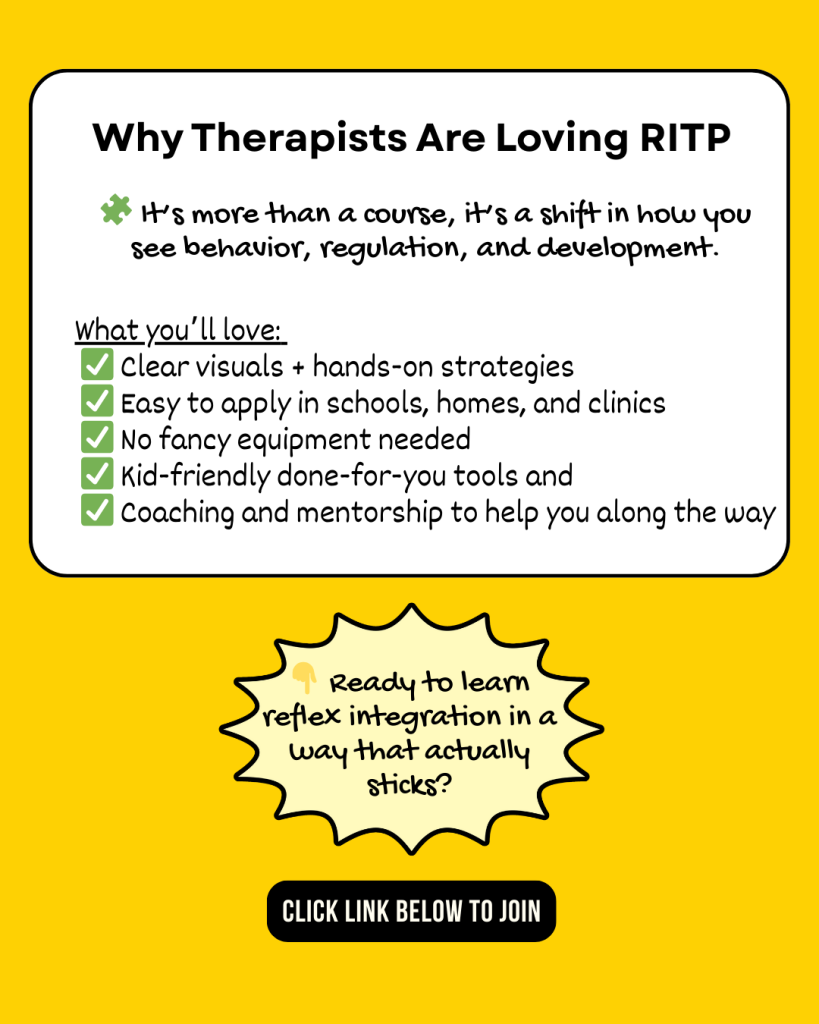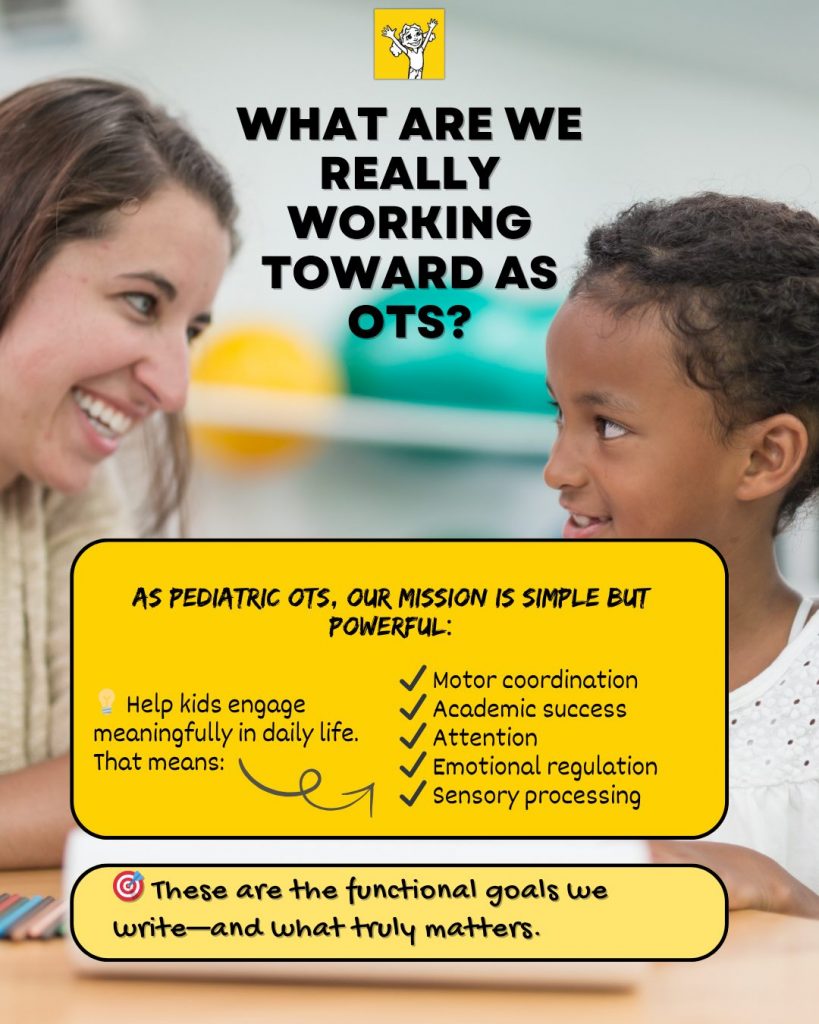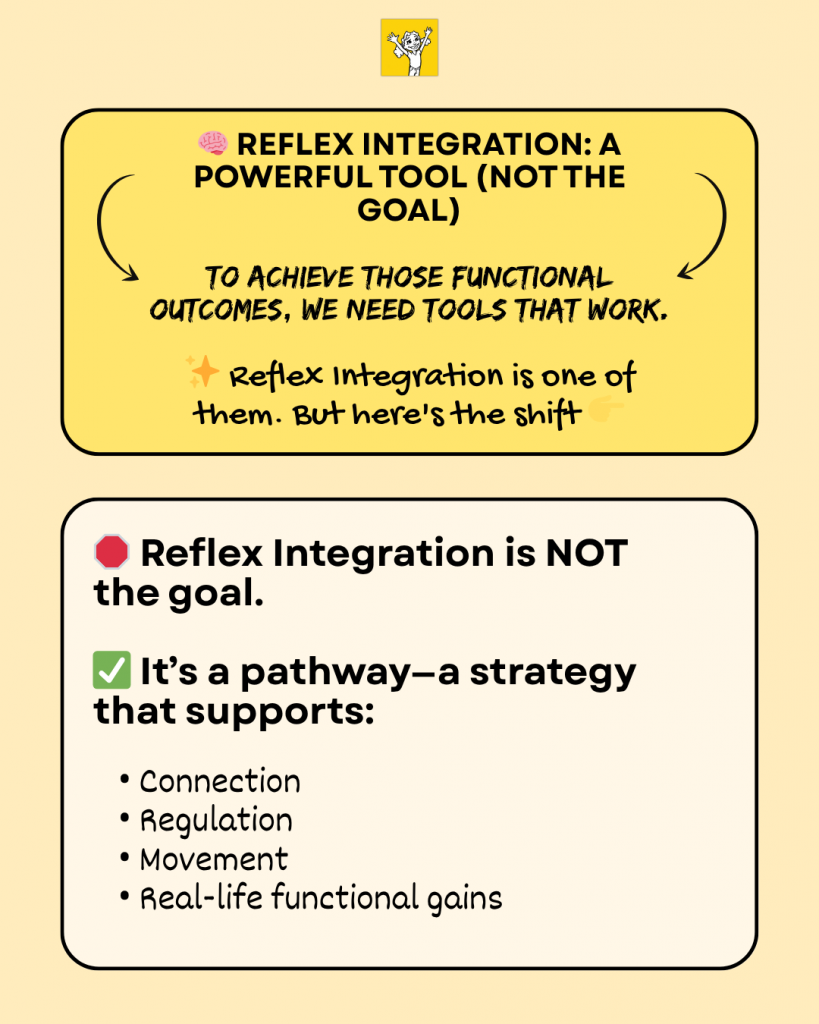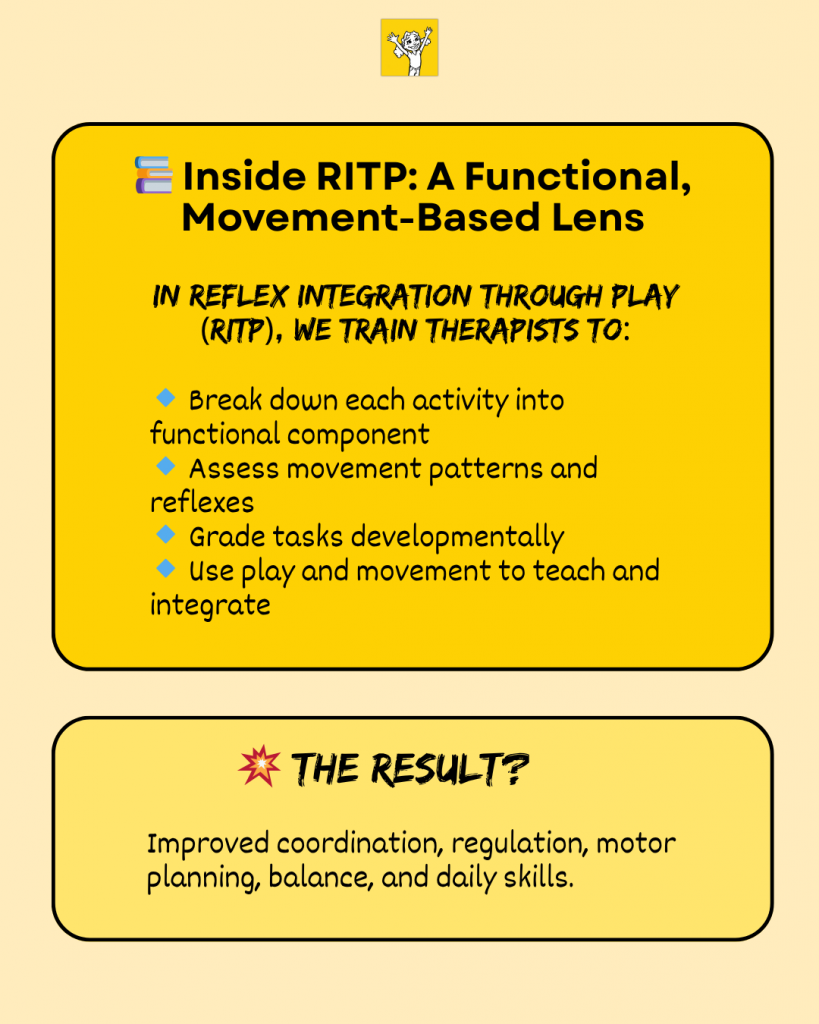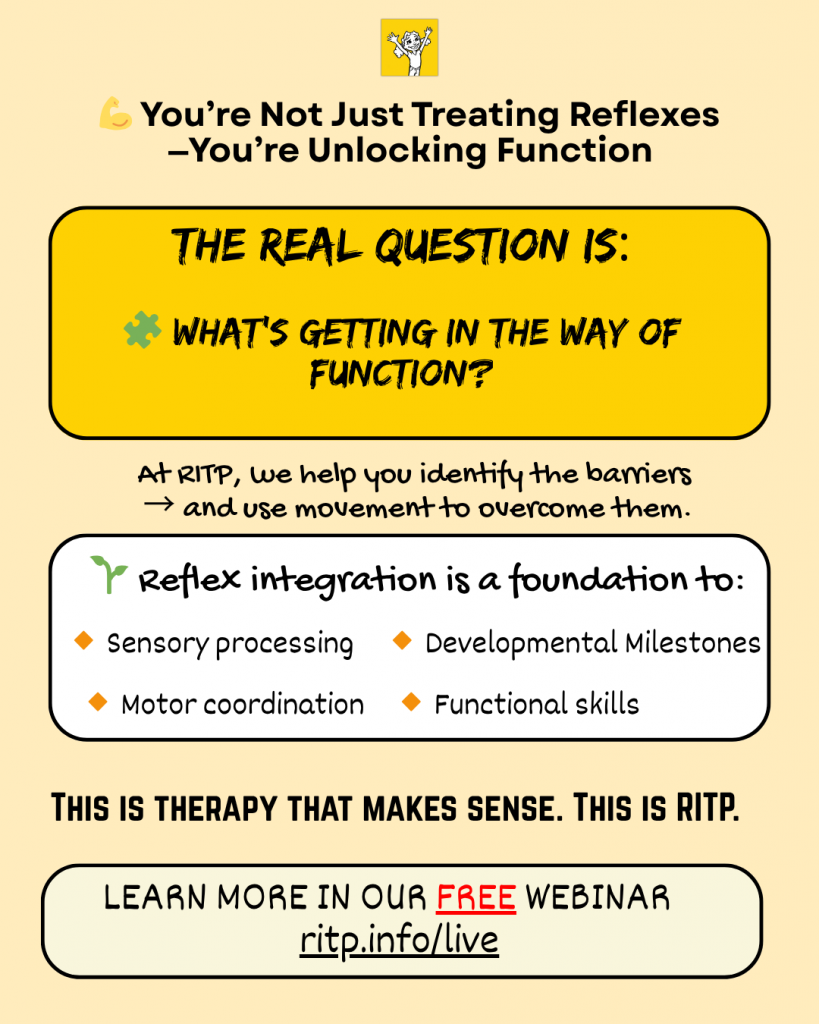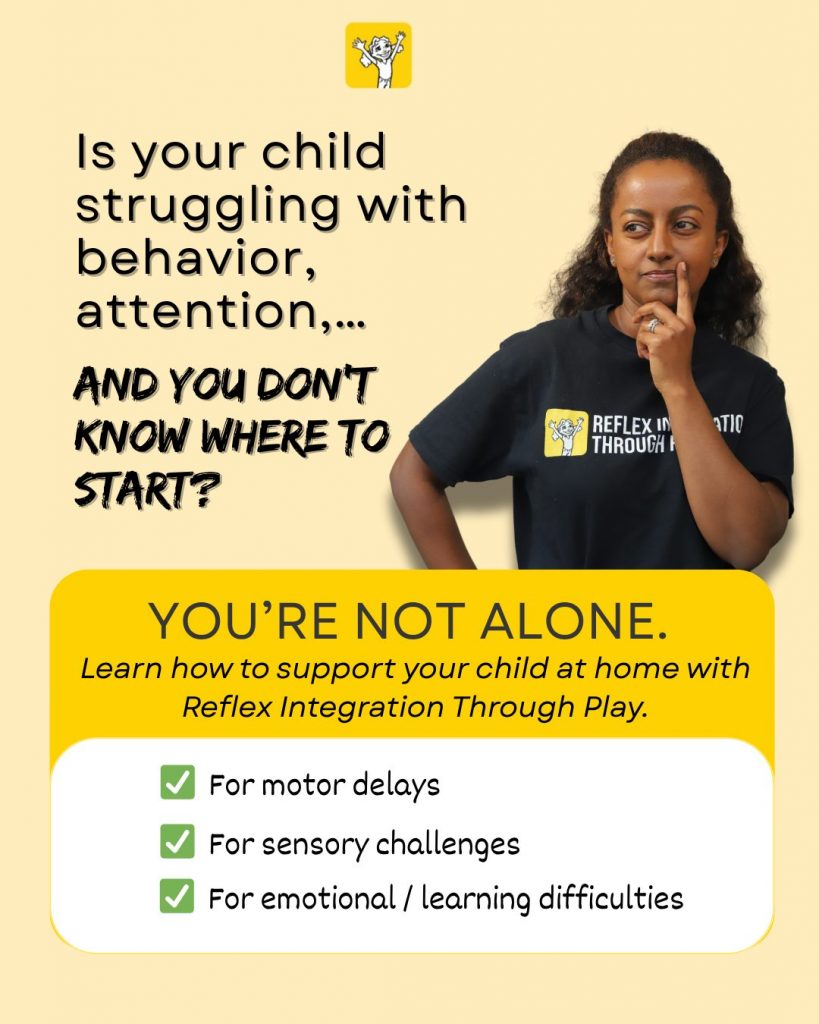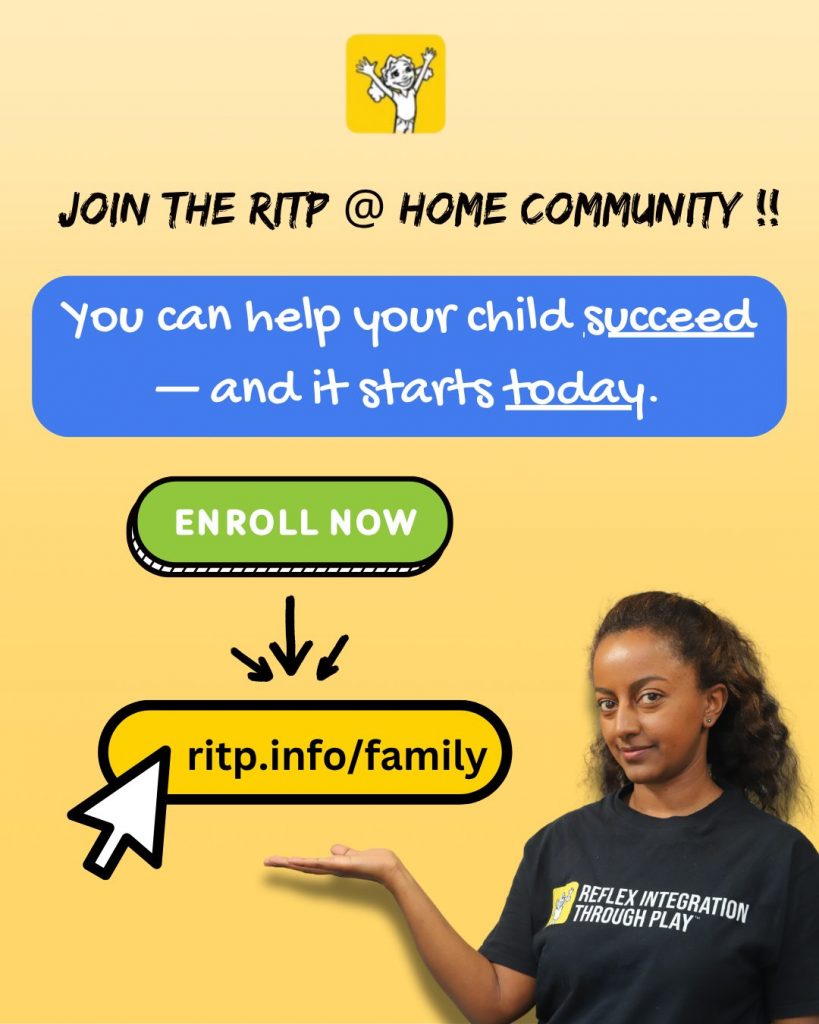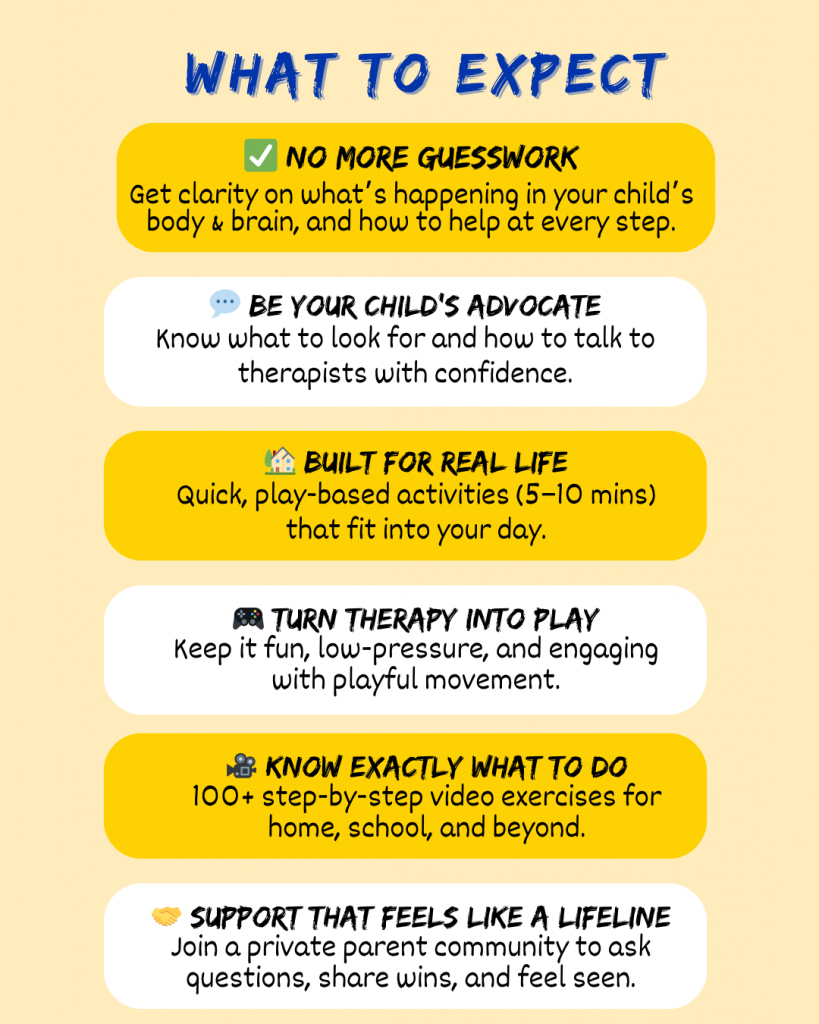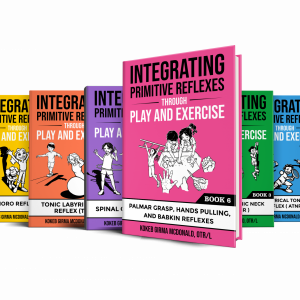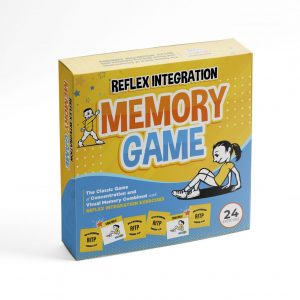Reflex integration is an often overlooked yet crucial aspect of child development, impacting a student’s ability to learn, focus, and engage in the classroom. As educators, recognizing and supporting this process can profoundly enhance student performance and well-being.
This post explores what reflex integration is, how to recognize when a student may need support, and practical ways teachers can help strengthen the brain-body connection through simple, effective strategies.
Understanding Reflex Integration
Reflex integration refers to the process through which primitive reflexes, automatic movements directed by the brainstem, mature and become part of higher-level, intentional movements.
When these reflexes remain active beyond infancy, they can interfere with a child’s ability to sit still, coordinate movements, focus, or regulate emotions. In other words, reflex retention can influence everything from posture and handwriting to reading and classroom participation.
Integrated reflexes lay the groundwork for learning, attention, and emotional regulation, making them a vital piece of child development that often goes unnoticed in educational settings.
Identifying Signs of Retained Reflexes
Teachers are often the first to notice subtle patterns that may indicate retained reflexes. Some common signs include:
- 🪑 Difficulty sitting still or maintaining good posture
- 📖 Losing their place while reading or showing an awkward pencil grasp
- 🏃 Avoiding or struggling with physical education activities
- 😣 Emotional outbursts or low frustration tolerance
- 👥 Challenges with coordination, balance, or social interaction
These behaviors can affect confidence, participation, and overall academic engagement. Recognizing them is the first step toward providing meaningful support.
Classroom Strategies for Reflex Integration
Supporting reflex integration doesn’t require major curriculum changes, just mindful inclusion of movement and observation into daily routines.
1. Movement Breaks
Incorporate brief, structured movement breaks throughout the day.
Simple activities like cross-crawl exercises, chair push-ups, or animal walks help stimulate both sides of the brain and improve motor coordination.
2. Structured Programs
Consider programs like the Reflex Integration Through Play (RITP) school program, which provides ready-to-use exercises targeting specific reflexes.
These can easily fit into classroom transitions, morning routines, or group activities, benefiting all students, not just those with learning challenges.
3. Observation and Data Collection
Keep notes on behaviors, posture, or focus patterns. This data can help specialists identify underlying reflex-related issues and guide appropriate interventions.
4. Collaboration with Specialists
Partner with occupational therapists or reflex integration specialists who can recommend classroom-friendly exercises and adapt activities to individual student needs. Regular communication between educators and specialists ensures consistency across environments.
5. Encourage Midline Crossing
Promote exercises that require crossing the midline of the body, such as touching opposite hand to knee or drawing figure eights in the air.
These activities strengthen the connection between both hemispheres of the brain, supporting reading, writing, and coordination.
The Importance of Collaboration
Reflex integration thrives when teachers, parents, and specialists work together.
Collaborative approaches ensure that strategies used in therapy sessions are reinforced in the classroom, creating continuity for the child’s development.
By maintaining open communication and sharing observations, educators help create an ecosystem where movement-based learning is valued and seamlessly integrated into the school day.
Final Thoughts
Supporting reflex integration in the classroom isn’t just about improving academic outcomes, it’s about nurturing the whole child.
When educators embed intentional movement breaks, observe with awareness, and collaborate with specialists, they create a more inclusive environment where every student can thrive physically, emotionally, and academically.
Whether you’re familiar with reflex integration or just beginning to explore it, small, consistent steps can make a lasting difference.
For educators eager to learn more, resources and training opportunities are available through the Reflex Integration Through Play (RITP) program and similar initiatives designed to make reflex-based learning practical and accessible.
🎧 Listen to Episode 37 now to explore how to make therapy activities fun, consistent, and integrated into your classroom!
Episode Breakdown:
00:00 Introduction to Reflex Patterns and Child Development
00:44 Identifying Signs of Retained Reflexes in Students
03:06 Challenges in the Classroom Due to Retained Reflexes
04:26 Observing and Collecting Data on Student Behavior
05:49 Impact of Reflex Retention on Behavior and Academic
09:24 Classroom-Friendly Activities for Reflex Integration
08:51 Tracking Progress and Celebrating Wins
14:29 Implementing Reflex Integration Programs in Schools
17:50 Collaboration Between Teachers and Therapists
21:38 Encouragement and Resources for Teachers
26:46 Conclusion and Final Thoughts
And don’t forget to check out the RITP App for step-by-step guidance and progress tracking.
Reflex Integration Through Play at School
Transform Learning and Sensory Regulation Through Play-Based Movement
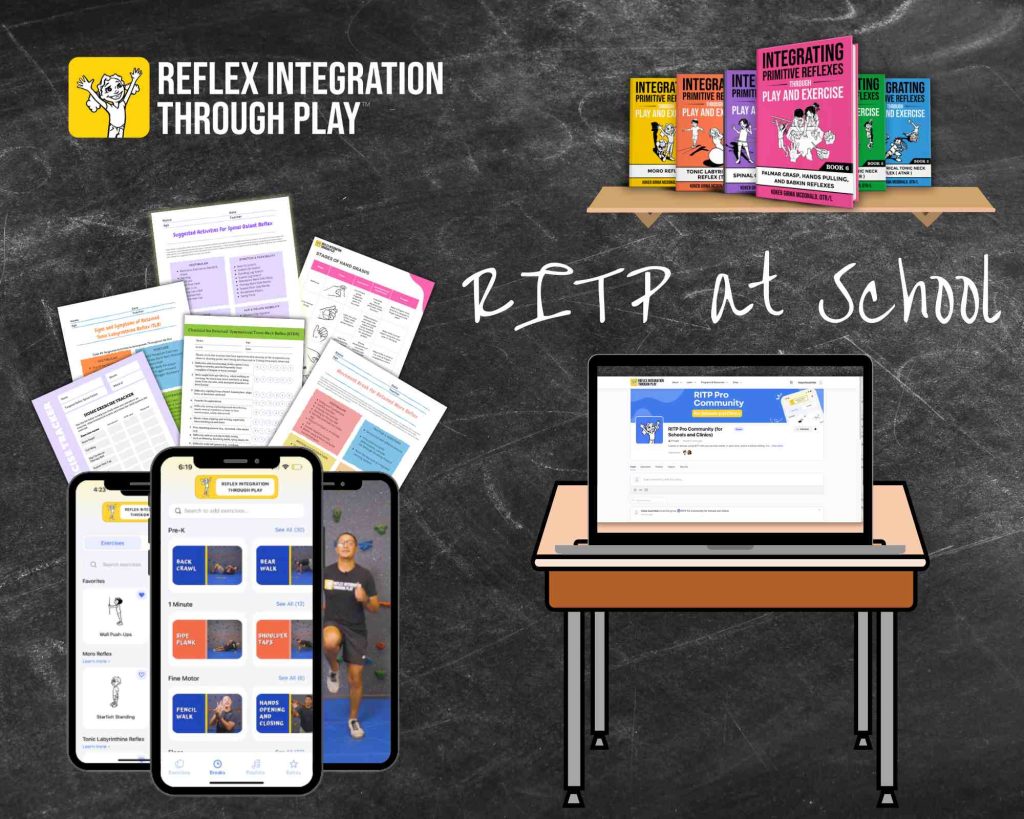
Want to go deeper? Explore our full library of courses and certifications here:
👉 https://integratingreflexes.com/all-courses
Ever finish a reflex training and think… “Now what?” 🤷♀️
That’s why so many therapists are switching to the Reflex Integration Through Play (RITP) Certification—because it doesn’t just teach you what reflexes are… it shows you how to see them in action and support kids through play.
Built for real life, real kids—whether in the clinic, classroom, or at home.
👇 Take a peek at why so many professionals are joining us👇
Overwhelmed by complex treatment plans?
Join us and discover a proven system that works!
Parents: Are you tired of daily struggles with focus and attention, homework meltdowns, or motor delays?
The RITP Family Bundle helps kids move better, focus longer, and feel calmer — all through simple, play-based exercises that fit into real life.

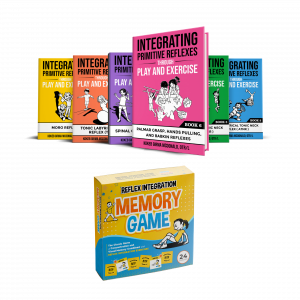 Six Book + Memory Game Bundle
Six Book + Memory Game Bundle 